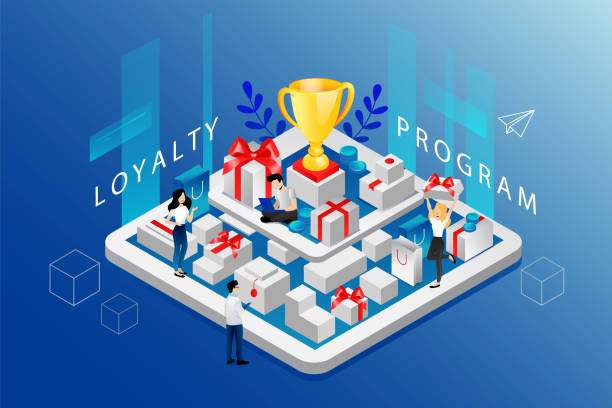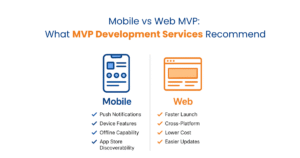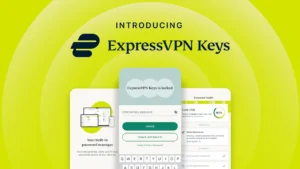
In an increasingly competitive marketplace, businesses must seek innovative ways to retain customers, increase brand loyalty, and expand their customer base. One proven approach that is gaining traction among retailers, service providers, and even fintech platforms is the coalition loyalty program. Unlike traditional loyalty programs that focus on a single brand, coalition models bring multiple brands together under one shared rewards ecosystem, offering customers more value and flexibility.
This strategy allows customers to earn and redeem points across a network of participating businesses. In turn, companies benefit from increased exposure, higher engagement, shared customer data, and lower program management costs. As customer expectations evolve, coalition programs are emerging as one of the most effective tools for engagement and long-term retention.
What Is a Coalition Loyalty Program?
A coalition loyalty program is a customer loyalty initiative that spans multiple, non-competing businesses. Participating brands work together to offer a unified points or rewards system, giving customers the ability to accumulate and redeem rewards at any participating brand.
These programs are often spearheaded by a central entity or platform that manages the infrastructure, customer data, and reward tracking. Well-known examples include Payback in India and Germany, Air Miles in Canada, and Nectar in the UK.
How It Works
Here’s a typical scenario:
- A customer purchases groceries at Supermarket A and earns loyalty points.
- They can then redeem those points at Fuel Station B or Online Store C.
- The points are tracked centrally through a shared loyalty platform.
- All participating businesses benefit from shared customer traffic and promotional opportunities.
The model creates a win-win-win:
- For Customers: More earning and redemption options across trusted brands.
- For Businesses: Shared operational costs and access to a larger customer pool.
- For the Program Operator: A scalable, high-traffic platform that attracts partner brands.
Key Benefits of a Coalition Loyalty Program
1. Enhanced Customer Value
One of the main attractions of coalition programs is the perceived value they offer to consumers. Customers earn rewards faster and enjoy greater flexibility when choosing where to redeem them.
2. Customer Acquisition Across Brands
Brands can tap into the existing customer base of other participating companies. For example, a telecom provider in the coalition may gain exposure to thousands of retail shoppers from another partner in the network.
3. Lower Costs Through Shared Infrastructure
Instead of bearing the entire cost of a loyalty initiative, businesses in a coalition share development, maintenance, and promotional costs. This is particularly beneficial for small and medium-sized enterprises that may not have the budget for an independent program.
4. Data Sharing and Analytics
Centralized data management provides comprehensive insights into consumer behavior across categories. This allows businesses to create personalized offers, improve segmentation, and optimize marketing campaigns.
An added benefit is the ability to develop more Effective Loyalty Programs by leveraging joint customer data, helping participating brands to design smarter, targeted promotions that resonate with a wider audience.
5. Stronger Brand Partnerships
Coalition programs foster collaboration rather than competition. Companies can co-create offers, bundle services, or run joint campaigns that appeal to shared target demographics.
Challenges in Managing a Coalition Loyalty Program
While the benefits are substantial, managing such a program comes with its share of challenges:
1. Data Privacy and Ownership
One of the primary concerns among participating businesses is how customer data is managed. Brands must agree on data-sharing policies and ensure compliance with regulations like GDPR or India’s DPDP Act.
2. Point Valuation Consistency
All partners must agree on a unified points system, including how points are earned and redeemed across different products and services. If one brand offers more attractive redemption options, it may create imbalance in customer behavior.
3. Customer Experience Consistency
Ensuring a consistent experience across all touchpoints—from onboarding to redemption—is critical. Customers should feel the same level of service and branding, regardless of which partner they interact with.
4. Brand Alignment
The success of a coalition program depends on a strong brand fit among partners. If a luxury brand partners with a discount chain, it may dilute its image or confuse the target market.
Best Practices for Launching a Coalition Loyalty Program
To launch and maintain a successful coalition loyalty initiative, businesses should consider the following steps:
1. Choose the Right Partners
Look for non-competing businesses that share a similar target audience and customer values. Alignment in brand philosophy is key to maintaining a cohesive program.
2. Define Clear Program Rules
Establish uniform rules regarding point accumulation, redemption, expiration, and transferability. Transparency ensures fairness and builds customer trust.
3. Invest in a Centralized Platform
A robust technology infrastructure is essential for real-time tracking, analytics, and personalization. The platform should be scalable, secure, and easy to use for both partners and customers.
4. Leverage Data to Personalize Experiences
Use shared insights to offer tailored recommendations and promotions. Personalized rewards are far more effective than generic discounts in driving engagement.
5. Promote the Program Collaboratively
All partners should actively market the program across channels—social media, email campaigns, in-store displays, and mobile apps. Cross-promotions can significantly boost visibility and customer signups.
Case in Point
The Payback coalition program in India includes partners from fuel, retail, telecom, and eCommerce sectors. Customers enjoy the flexibility to earn and redeem points at over 100 brands, all managed under one digital platform. This widespread presence and utility have helped Payback maintain high engagement rates and brand loyalty across multiple sectors.
Future of Coalition Loyalty Programs
As digital transformation accelerates and customer expectations rise, coalition loyalty programs are poised for greater innovation. We can expect:
- Integration with digital wallets and fintech platforms
- Dynamic point valuation and real-time promotions
- AI-driven recommendations across brands
- Gamification and tier-based incentives
- Sustainability-focused rewards (carbon offset points, etc.)
The integration of blockchain may also enhance transparency and traceability in loyalty ecosystems, further increasing trust among both customers and partners.
Final Thoughts
In an age where customers seek value, convenience, and personalization, the coalition loyalty program emerges as a forward-thinking solution that delivers on all fronts. By collaborating with like-minded brands, businesses can expand their reach, improve customer experiences, and strengthen loyalty—without the burden of building a program from scratch.
As loyalty becomes more about lifestyle and less about transactions, coalition programs provide the versatility and scale needed to stay ahead. For companies aiming to grow sustainably while offering more value to customers, joining or launching a coalition loyalty initiative might just be the strategic advantage they need.







